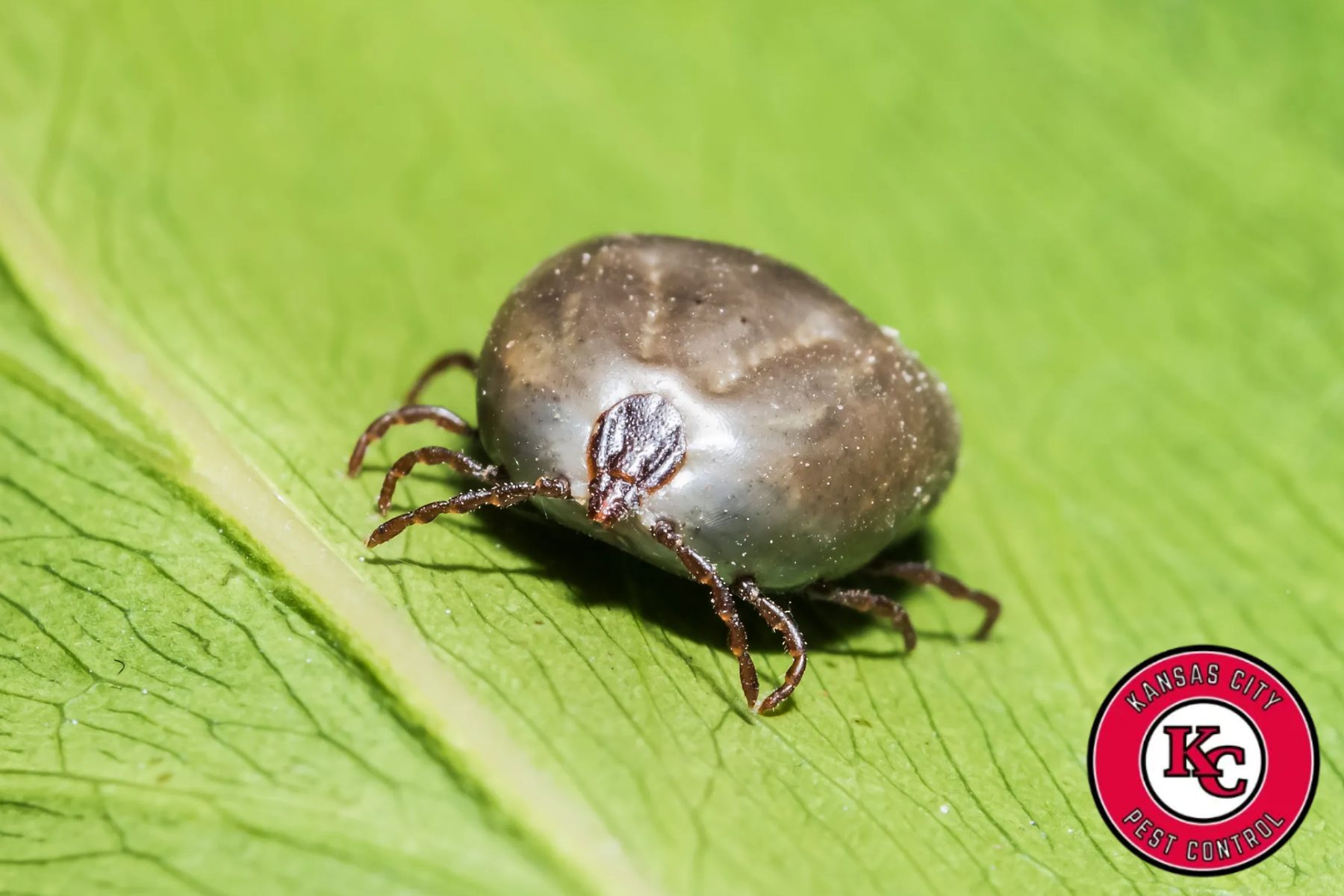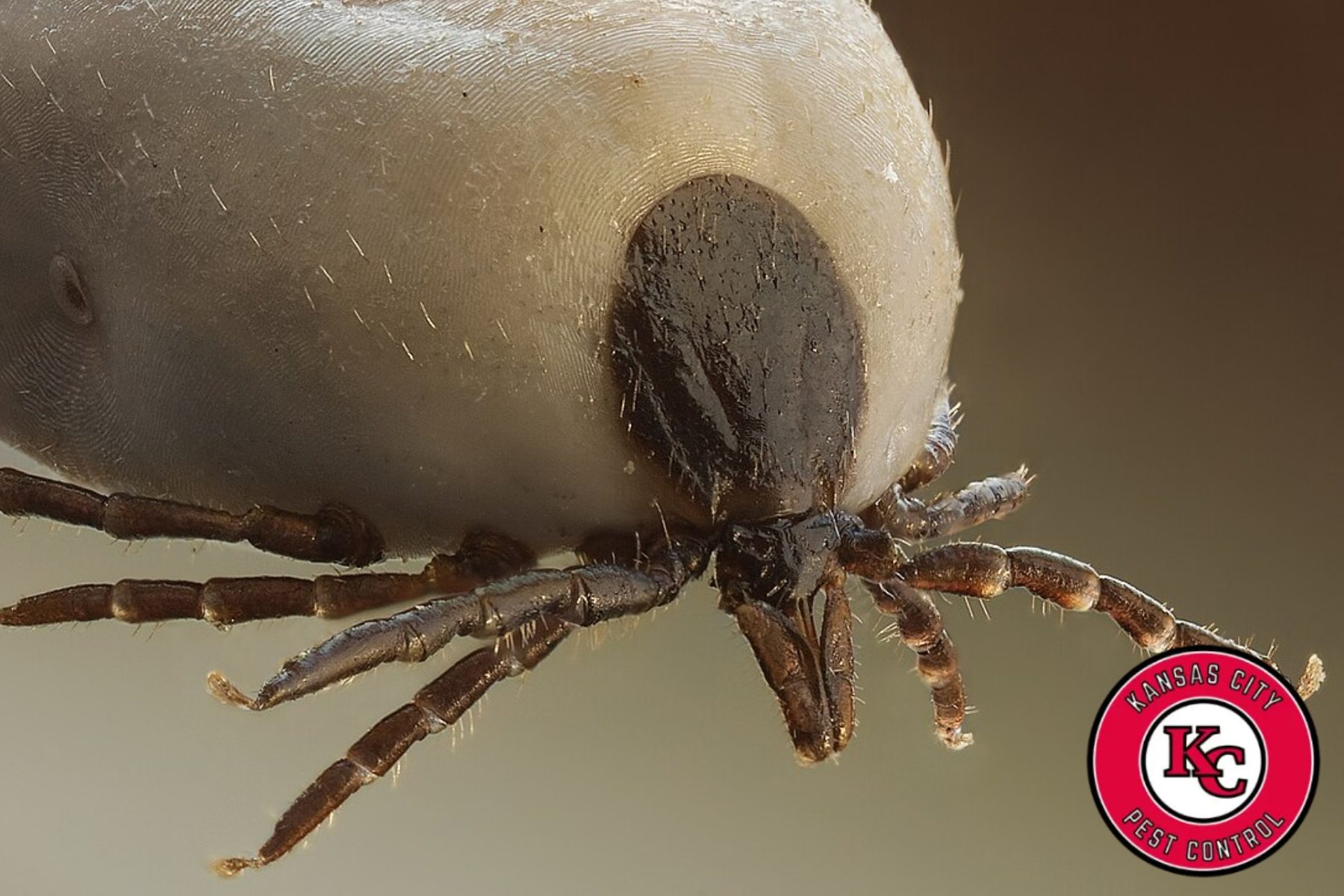Finding an unexpected bite on your skin can be alarming especially when you’re not sure what caused it. In areas where both spiders and ticks are common, it can be tricky to distinguish between the two. However, recognizing the difference between a spider bite vs. tick bite is crucial for determining the proper response and treatment.
This guide breaks down the key differences, health risks, and when to seek medical or pest control help.
What Is a Spider Bite?
Spiders are arachnids that typically bite only when they feel threatened. Most spider bites are harmless and may result in mild irritation, redness, or swelling. In the United States, medically significant spider bites are rare, but two species the black widow and the brown recluse can cause more serious reactions.
Common Symptoms of a Spider Bite:
- Redness and localized swelling
- Itching or stinging sensation
- A central puncture mark or pair of fang marks
- Pain that may radiate from the bite
- In rare cases: muscle pain, fever, chills, or ulcers (with venomous spiders)
What Is a Tick Bite?
Ticks are parasitic arachnids that feed on the blood of mammals, birds, and even reptiles. Unlike spiders, ticks embed themselves into the skin and feed for several days. Their bites are often painless at first, which makes them hard to detect immediately.
Ticks are most commonly found in wooded or grassy areas. Some carry bacteria, viruses, or parasites that can be transmitted to humans and animals making early detection and proper removal essential.
Common Symptoms of a Tick Bite:
- A small red bump at the bite site
- Itchiness or mild irritation
- The tick itself may still be attached
- A rash (sometimes in a bull’s-eye pattern)
- Flu-like symptoms in the case of tick-borne illnesses
- In pets, tick bite symptoms in dogs may include lethargy, loss of appetite, or lameness
Key Differences: Spider Bite vs. Tick Bite
1. Appearance of the Bite
- Spider Bite: Usually appears as a raised red bump or blister. Some may have two tiny puncture marks. Severe bites can turn necrotic (tissue death).
- Tick Bite: May look like a small red bump. If the tick is still attached, it will be visible. Some tick bites may leave a distinctive red ring or rash.
2. Presence of the Arachnid
- Spiders rarely remain on the body after biting.
- Ticks will usually stay attached until discovered and removed.
3. Symptoms Over Time
- Spider Bites can cause immediate stinging and may develop into a sore.
- Tick Bites may not be noticed for hours or even days. Symptoms of illness may show up later.
4. Risk of Disease
- Spider Bites: Most do not result in illness, though venomous species can cause serious local or systemic reactions.
- Tick Bites: Can transmit Lyme disease, Rocky Mountain spotted fever, and other illnesses if not removed promptly.
What to Do If You’ve Been Bitten
If You Suspect a Spider Bite:
- Wash the area with soap and water
- Apply a cold compress to reduce swelling
- Monitor for signs of infection or spreading redness
- Seek medical attention if symptoms worsen or if you suspect a venomous species
If You Discover a Tick Bite:
- Use fine-tipped tweezers to remove the tick by the head
- Avoid twisting or crushing the tick during removal
- Clean the bite site with antiseptic
- Save the tick in a sealed container for identification if needed
- Watch for tick bite symptoms in dogs or humans, such as fever, joint pain, or rash
- Consult a healthcare provider if symptoms appear
Preventing Tick and Spider Bites
Around the Home:
- Seal gaps in windows, doors, and foundations to keep arachnids out
- Keep grass mowed and shrubs trimmed to reduce tick habitats
- Remove wood piles and clutter where spiders may hide
- Use yellow outdoor lighting, which is less attractive to insects (and therefore spiders)
Personal Protection:
- Wear long sleeves and pants when hiking or in tall grass
- Use EPA-approved insect repellents on skin and clothing
- Perform full-body tick checks after spending time outdoors
- Keep pets treated with vet-approved tick preventatives
When to Call Pest Control
If you’ve spotted ticks or spiders in or around your home, it’s time to take proactive steps. A few occasional insects may be normal, but infestations especially of disease-carrying ticks require professional attention.
Hiring experts for tick control near me ensures:
- A full inspection of tick and spider habitats
- Safe and targeted treatment
- Preventative recommendations to keep pests from returning
Homeowners in Johnson County and surrounding areas benefit from timely pest control Olathe services that focus on both prevention and elimination.
How to Protect Your Pets
Pets, especially dogs, are highly susceptible to tick bites. They often venture into high-risk areas and may bring ticks back indoors. To prevent this:
- Check your pet’s fur regularly, especially around the ears, belly, and between toes
- Use veterinary-approved tick prevention products
- Watch for tick bite symptoms in dogs like fever, limping, or swollen joints
- Keep your lawn trimmed and avoid allowing pets in tall grassy areas

Final Thoughts
Understanding the difference between a spider bite vs. tick bite helps you respond quickly and appropriately. While most spider bites are minor, tick bites can carry serious health risks for both humans and pets. Recognizing symptoms, practicing prevention, and knowing when to call for help can make all the difference.
If you’re finding unwanted pests around your home, it’s time to look into Olathe pest control solutions that go beyond just surface treatment. Ongoing pest management protects your home, family, and peace of mind.
About Kansas City Pest Control
At Kansas City Pest Control, we’re dedicated to protecting homes and families throughout the Kansas City metro area, including Olathe and surrounding communities. Our licensed professionals offer environmentally conscious, effective solutions for ticks, spiders, and other common pests. Whether you’re looking for help with infestations or year-round protection, our expert team delivers safe, customized treatments to keep your home pest-free.

